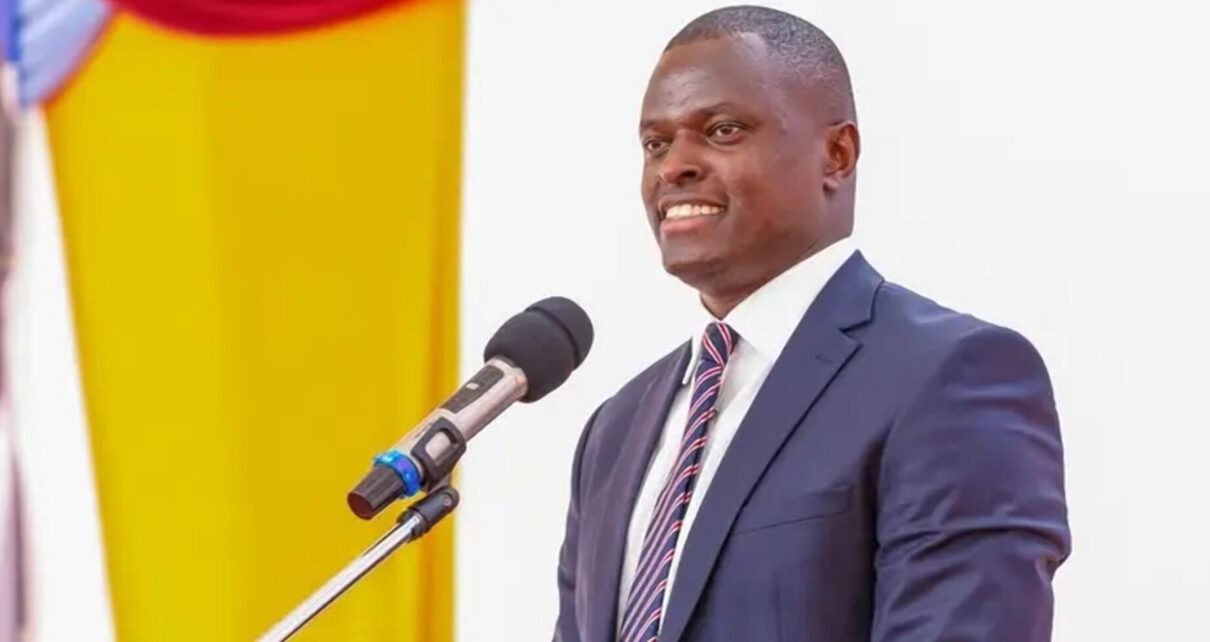A new political movement, reportedly spearheaded by Kiharu MP Ndindi Nyoro with Kiambu Woman Representative Gathoni Wamuchomba playing a central role, is gaining traction ahead of the 2027 elections. Sources also suggest that Murang’a Governor Irungu Kang’ata may align with the movement.
Insiders indicate that the plan is to field candidates nationwide, positioning the party to negotiate with whoever emerges victorious in the 2027 presidential race.
Wamuchomba, previously a staunch supporter of former President Uhuru Kenyatta, has fully aligned herself with President William Ruto after recognising his strong backing in the Mt Kenya region. She is expected to contest the Kiambu governorship in 2027, potentially challenging incumbent Kimani Wamatangi, who faces growing resistance within the UDA party.
Political analysts note that the new party is carving a space between Uhuru Kenyatta loyalists and Deputy President Rigathi Gachagua’s Mt Kenya faction, signalling a desire to chart an independent political path. The movement also responds to a deeper grievance: Murang’a’s historical lack of representation at the very top of national leadership.
Unlike Kiambu and Nyeri, which have produced presidents and deputies, Murang’a leaders argue that the county has only produced ministers, many of whom suffered humiliation, detention, or untimely deaths. Historical examples often cited include Bildad Kaggia, a close ally of Jomo Kenyatta who died in poverty, and Stanley Njindo Matiba, uncle to Ndindi Nyoro, who faced detention, business losses, and died a broken man.
Despite political marginalisation, Murang’a has long been an economic powerhouse. It is home to the renowned Rwathia businessmen, founders of TransCentury, and the birthplace of Equity Bank. Wealthy Murang’a families also control key land in Nairobi, spanning from Tom Mboya Street and Kirinyaga Road to Juja Road.
With this backdrop, Nyoro’s party is seen as an attempt to place Murang’a at the centre of Kenya’s political landscape. As the 2027 elections approach, many residents view the movement as their best opportunity to end decades of political sidelining. The key question remains: can Murang’a finally see one of its own on the national ballot and reshape the region’s political destiny?



